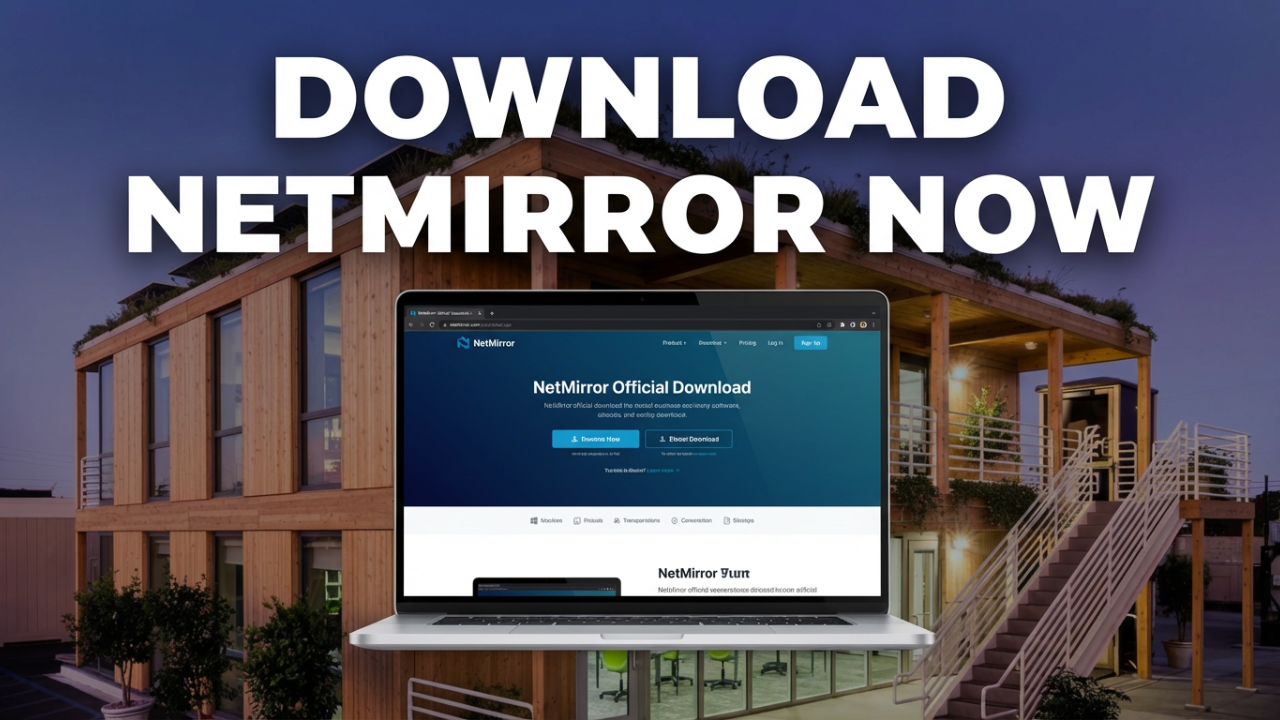Understanding Network Components: The Building Blocks of Modern Communication
In today’s technology-driven landscape, the importance of robust and efficient networks cannot be overstated. From enterprise environments to personal home setups, the architecture of network systems is critical to enabling seamless communication, data transfer, and overall connectivity. This blog post delves deeply into the myriad network components that make this connectivity possible, exploring their functions, interdependencies, and contributions to network performance and reliability.

1. Introduction to Network Components
Network components are the essential devices and systems that facilitate the communication and transfer of data within a network. These components can be broadly categorized into hardware and software, each playing a distinct role in the operation and management of network services. Understanding these components is fundamental for network design, implementation, and maintenance.
1.1 The Role of Network Components
At their core, network components are responsible for ensuring that data can move effectively from one point to another. This movement may occur within a single local area network (LAN) or between different networks across the globe. Each component in a network serves a unique function in this process, and performance can often depend on the quality and capabilities of these devices.
2. Key Network Components
2.1 Routers
Routers are critical devices that serve as the traffic managers of a network. By directing data packets across networks, they ensure that information reaches its intended destination. Routers determine the best path for data to travel, using algorithms and routing tables to optimize flow. In addition, routers often incorporate functionalities like firewall protection, Network Address Translation (NAT), and Virtual Private Network (VPN) support, adding layers of security and privacy.
2.2 Switches
Switches operate at the local level, connecting devices within a network such as computers, printers, and servers. They function by using MAC addresses to forward data to the appropriate device rather than broadcasting it to all devices within the network segment. Switches significantly enhance network efficiency and reduce traffic congestion, making them essential in both small home networks and large enterprise infrastructures.
2.3 Hubs
Hubs are simpler devices compared to switches, acting as central connection points in a network. While they receive data from one device and transmit it to all other connected devices, this can lead to potential traffic inefficiencies. Due to their limitations, hubs have gradually become less common in new installations, with switches often preferred for their intelligent data handling abilities.
2.4 Access Points (APs)
Access points are devices that allow wireless devices to connect to a wired network. They serve as a bridge between the wired infrastructure and wireless clients, enabling seamless connectivity for devices like laptops, smartphones, and tablets. In environments where mobility and flexibility are paramount, such as large offices or public spaces, access points offer crucial network coverage and capacity.
2.5 Modems
Modems modulate and demodulate signals to facilitate communication between digital devices and analog systems, most commonly the telephone lines or cable systems provided by ISPs (Internet Service Providers). They allow for internet connectivity and often possess built-in routers that can manage local network traffic. Modems are essential components for a basic home network setup.
2.6 Firewalls
Firewalls act as a security barrier between trusted and untrusted networks, monitoring and controlling incoming and outgoing traffic based on predetermined security rules. They are crucial for preventing unauthorized access and protecting sensitive data. Firewalls can be hardware-based, software-based, or a combination of both, and they are indispensable in maintaining network security.
2.7 Cables and Connectors
Wired networks rely heavily on various cabling and connectors to maintain reliable and fast connections between devices. Common types of cables include Ethernet cables (such as Cat5e, Cat6, and Cat6a), fiber optic cables, and coaxial cables. Each type offers different advantages in terms of speed, distance, and bandwidth, influencing the overall performance of the network.
2.8 Network Interface Cards (NICs)
A Network Interface Card (NIC) is a hardware component that enables a device to connect to a network. Whether wired or wireless, NICs facilitate data communication by converting data into a format suitable for transmission over the network. High-quality NICs can enhance network speed and reliability, making them a critical consideration in network design.
3. Performance Factors in Network Components
The interplay between different network components significantly affects the overall performance of a network. Factors such as bandwidth, latency, and network topology must be considered when designing and implementing a network.
3.1 Bandwidth
Bandwidth refers to the amount of data that can be transmitted over a network connection within a given time frame. Higher bandwidth results in faster data transfer speeds, which is essential for applications requiring significant data throughput, such as video conferencing or large-scale data transfers.
3.2 Latency
Latency is the delay in data transmission caused by various factors such as propagation delay, queuing, and processing time. Minimizing latency is critical for ensuring responsive network performance, especially in real-time applications like online gaming or VoIP calls.
3.3 Network Topology
The design and arrangement of various network components—known as network topology—can influence performance, reliability, and scalability. Common topologies include star, ring, mesh, and hybrid configurations, each presenting unique advantages and challenges. A well-planned topology can optimize data flow and mitigate points of failure.
4. Future Trends in Network Components
As technology continues to evolve, so too do network components. Innovations such as Software-Defined Networking (SDN), Network Function Virtualization (NFV), and the rise of 5G technology are reshaping how networks are designed and implemented.
4.1 Software-Defined Networking (SDN)
SDN decouples the network control plane from the data plane, allowing for more dynamic and programmable network management. This flexibility can lead to improved resource allocation, reduced network congestion, and enhanced performance, paving the way for more sophisticated network architectures.
4.2 Network Function Virtualization (NFV)
NFV aims to transform traditional network equipment (such as routers and firewalls) into software that can be deployed on a variety of hardware platforms. This virtualization can enhance flexibility, reduce costs, and simplify network management, especially in cloud-based environments.
4.3 The Impact of 5G Technology
5G technology promises to revolutionize wireless networks with higher speeds, lower latency, and increased capacity for connected devices. This advancement will facilitate the growth of the Internet of Things (IoT) and smart technologies, requiring a reevaluation of existing network components to maximize their potential.
5. Conclusion
Understanding the various components that comprise a network is essential for building efficient, secure, and reliable communication systems. From routers and switches to access points and firewalls, each element plays a critical role in ensuring data flows smoothly and securely. As technology evolves, so too will the design and function of these components, creating new opportunities and challenges within the ever-expanding digital landscape.
Network architecture will remain a crucial consideration for organizations and individuals alike, as they seek to harness the power of connectivity in an increasingly interconnected world. By investing in the right components and understanding their functions, network managers can ensure that their systems meet the demands of today while preparing for the innovations of tomorrow.
Shop Now






